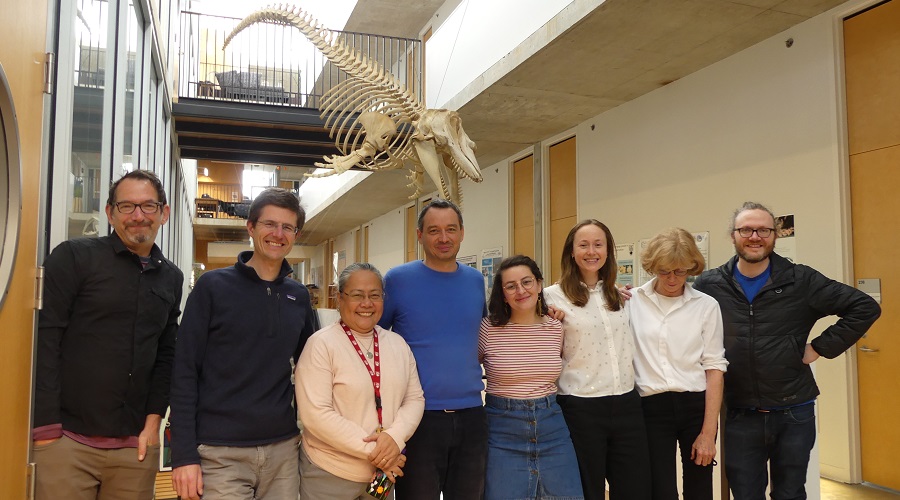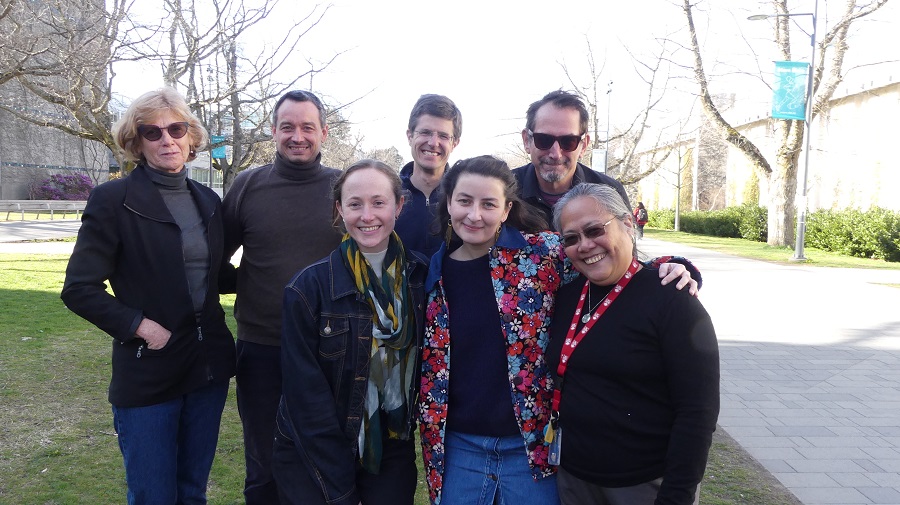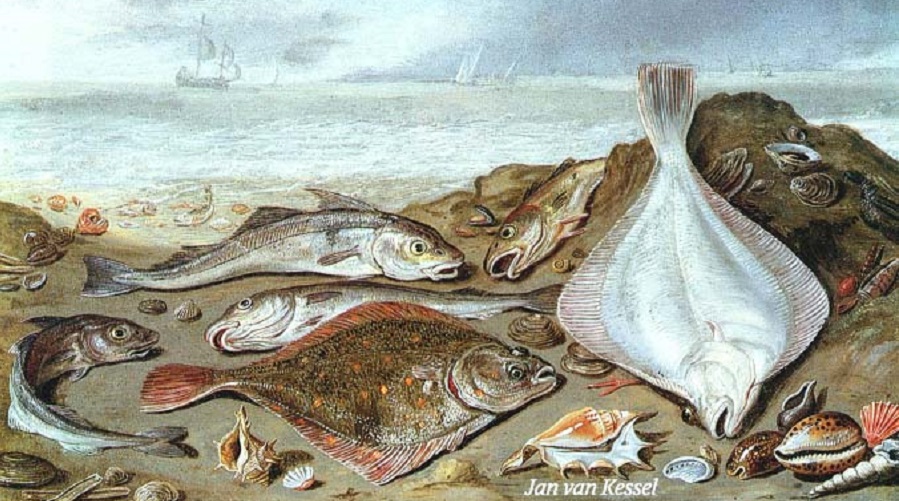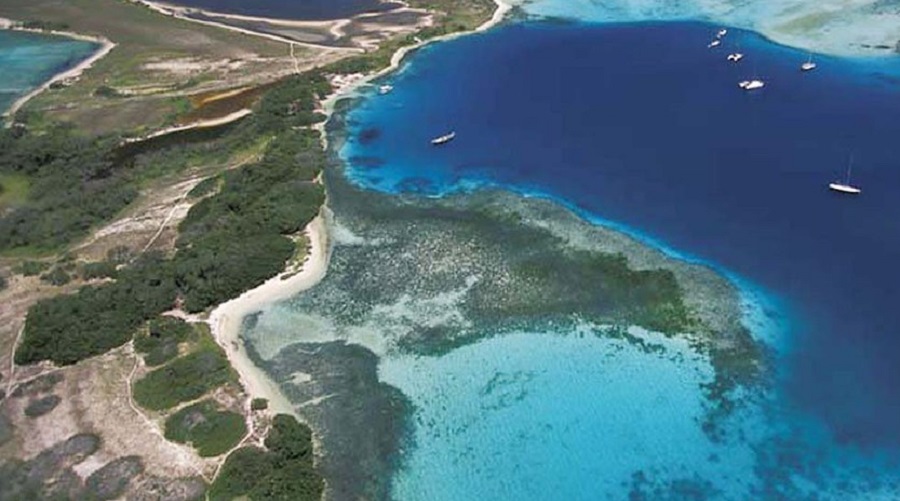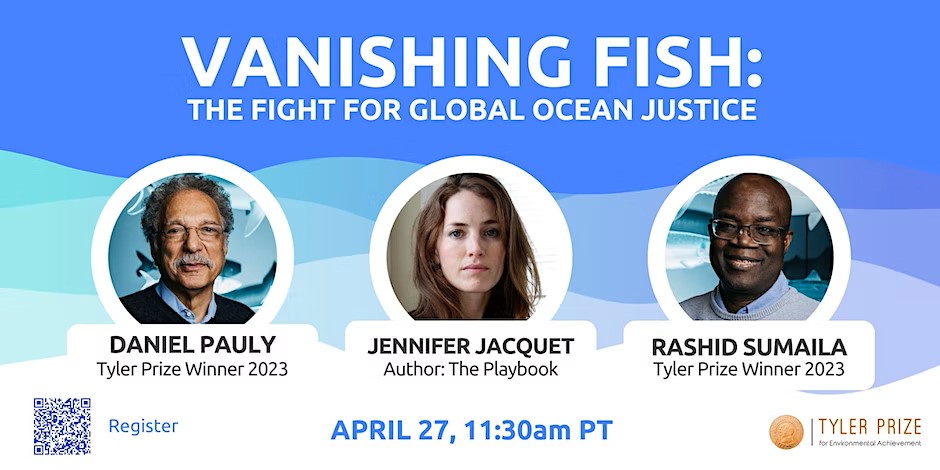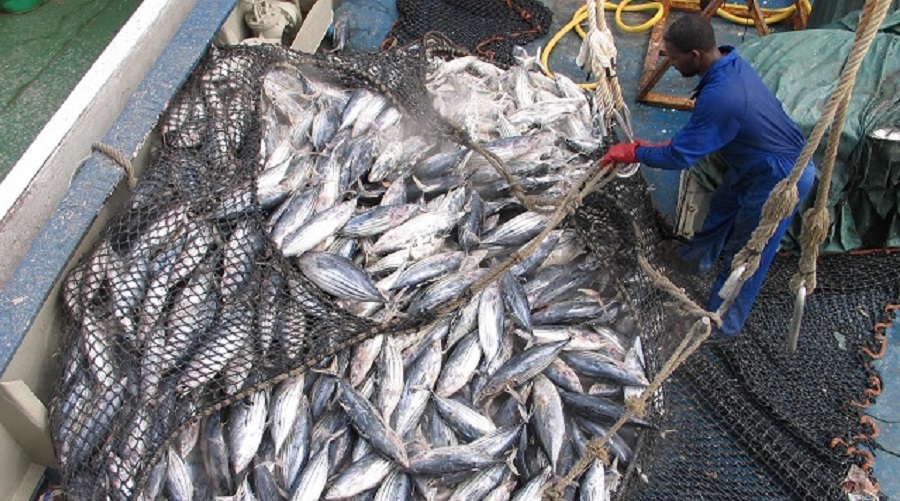
Yellowfin tuna fishing in Seychelles. Photo by Joe Laurence, Seychelles News Agency, Wikimedia Commons.
Researchers at the Sea Around Us – Indian Ocean, based at the University of Western Australia, are urging the European Union to fully support the ban on drifting fish aggregating devices (dFADs) in the Indian Ocean tuna fisheries declared by the Indian Ocean Tuna Commission (IOTC) on February 5th, 2023.


